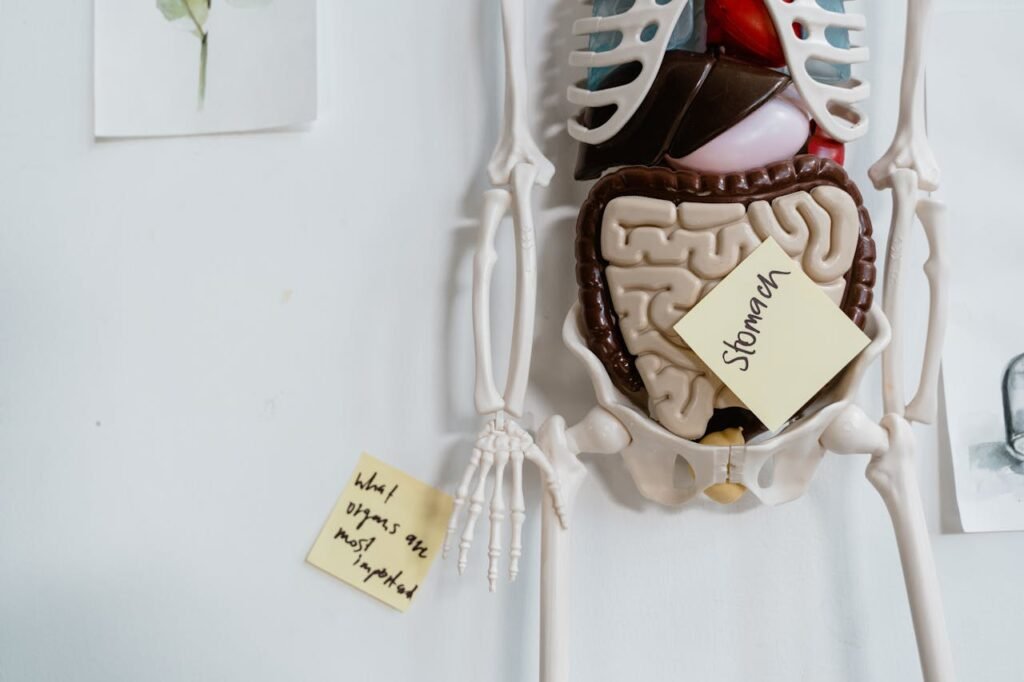Have you ever tasted a lemon and felt your mouth pucker from the sourness? Or brushed your teeth with baking soda toothpaste and noticed how smooth and clean it feels? Those are not just tastes or textures—they are chemistry at work. The lemon is an acid, and the baking soda is a base.
Acids and bases may sound like complicated science words, but they are actually part of everyday life. They are in the foods we eat, the cleaners we use, and even in our own bodies. You don’t need a laboratory to explore them—your kitchen is already full of acids and bases waiting to be discovered.
In this article, we’ll explore what acids and bases are, how to tell them apart, and how kids can safely try simple experiments at home to see the science for themselves. By the end, you’ll see that chemistry isn’t hidden in textbooks—it’s right there in your fridge, pantry, and sink.
What Are Acids and Bases?
To understand acids and bases, let’s start with taste. Think about biting into a lemon. It’s so sour that it almost makes your eyes squint. That sourness is the mark of an acid. Now think about baking soda. If you’ve ever tasted it (just a little), it’s not sour at all—it feels bitter and chalky. That bitterness is a sign of a base.
Acids and bases are two groups of substances that behave differently when they dissolve in water. Acids are substances that release hydrogen ions (tiny charged particles) when mixed with water. Bases, on the other hand, release hydroxide ions. Don’t worry if the words sound new—you can just think of them as two different “teams” in chemistry. One team makes things sour and sharp (acids), and the other makes things bitter and slippery (bases).
Acids Around Us
Acids are everywhere in the foods we eat. Lemons, limes, and oranges are full of citric acid, which gives them their sour taste. Vinegar, often used in salads or pickles, contains acetic acid. Yogurt and buttermilk are tangy because they have lactic acid. Even your stomach makes hydrochloric acid to help break down food.
Acids don’t just live in food. They can also be found in nature and in products we use every day. Rainwater is slightly acidic because it dissolves carbon dioxide from the air. Vitamin C, which keeps us healthy, is another acid.
Bases Around Us
Bases may not be as obvious in taste (and we don’t usually eat them directly), but they are common too. Baking soda is a gentle base that’s safe to use in cooking. Soap is a base, which is why it feels slippery on your hands. Toothpaste is slightly basic, which helps fight the acids in your mouth that can harm your teeth.
Some bases are very strong and are used in cleaning products like drain cleaner. But those are not safe to touch—only mild bases like baking soda and soap should be handled at home.
Acids and Bases in Balance
Interestingly, acids and bases can cancel each other out. When an acid and a base meet, they react to form water and a salt. This process is called neutralization. You’ve probably seen it in action if you’ve ever mixed vinegar (acid) with baking soda (base). The fizzing bubbles that appear are carbon dioxide gas, proof of the reaction taking place.
This balance is important in everyday life. For example, our stomachs use acid to digest food, but sometimes too much acid causes heartburn. Doctors may recommend antacids, which are bases that neutralize the extra acid. Nature is full of these balances, keeping things steady and safe.
Why It Matters
Acids and bases may sound like fancy science terms, but they’re part of your everyday world. They shape the taste of food, help clean your home, protect your teeth, and even keep your body healthy. Once you learn to recognize them, you’ll start noticing acids and bases everywhere.
How to Tell Acids and Bases Apart
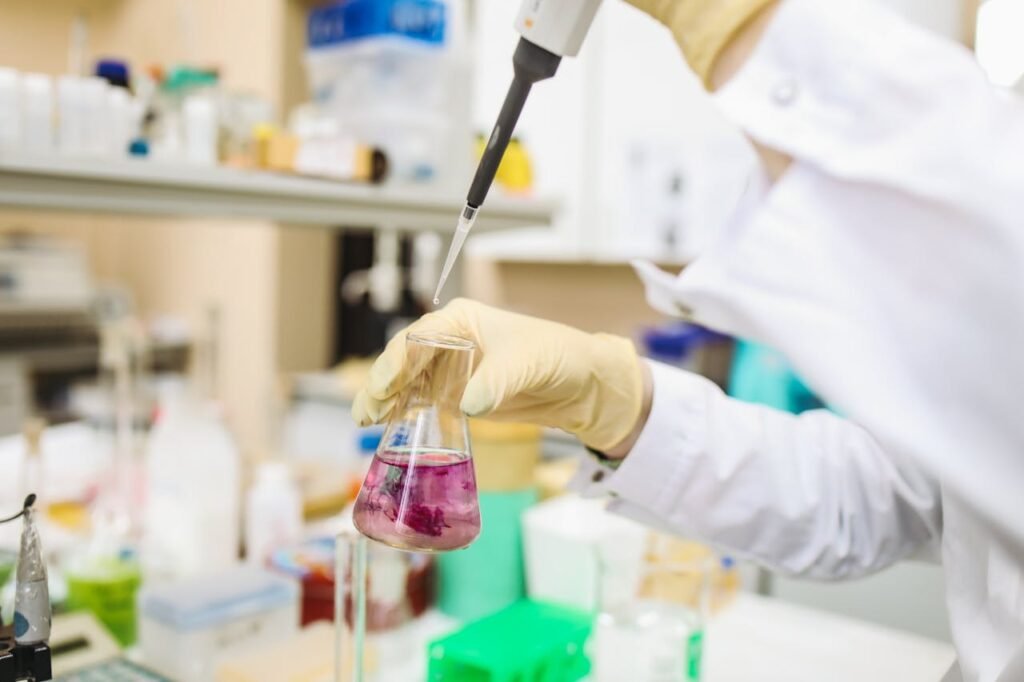
Now that we know acids and bases are all around us, the next question is: how do we tell which is which? Scientists use tools to test substances, but you don’t need a laboratory to spot the difference. With a little knowledge (and some safe kitchen experiments), you can identify acids and bases easily.
Taste and Feel
The easiest way to recognize an acid is by its sour taste. Lemons, vinegar, and yogurt all taste sour because they are acidic. Bases, on the other hand, usually taste bitter and feel slippery, like soap or baking soda mixed with water.
Of course, it’s not safe to taste everything. Some acids and bases are too strong to touch or swallow. So while it’s okay to notice the sourness of a lemon or the slipperiness of soap, we should never taste or touch strong cleaning products. For kids, the best way to explore is through safe experiments with food items.
Color Changes
One of the most fascinating ways to tell acids and bases apart is by using natural indicators. An indicator is a substance that changes color when it touches an acid or a base. A very common kitchen indicator is red cabbage.
When you boil red cabbage leaves, they release a purple juice. This juice changes color depending on what you put in it. If you add an acid, like lemon juice or vinegar, the cabbage juice turns pink or red. If you add a base, like baking soda water, it turns green or even blue. It’s like a magic trick that reveals the hidden identity of each substance.
Turmeric, a yellow spice used in cooking, is another natural indicator. It stays yellow in acids but turns reddish-brown in bases. That’s why some people use turmeric paper as a test strip for household chemistry.
The Fizz Test
Another simple way to tell an acid from a base is to mix it with baking soda. Baking soda is a mild base. If you add an acid to it, like vinegar or lemon juice, it fizzes and bubbles. That fizzing is carbon dioxide gas escaping. If you mix baking soda with a base, nothing happens because both belong to the same “team.”
This fizz test is safe and fun for kids to try at home. It’s the same principle behind the famous vinegar-and-baking-soda volcano experiment.
pH Scale
Scientists use something called the pH scale to measure how acidic or basic a substance is. The scale goes from 0 to 14. Substances with a pH below 7 are acids, like lemon juice or vinegar. Substances with a pH above 7 are bases, like baking soda or soap. Pure water sits right in the middle, at pH 7, which is neutral—not an acid or a base.
While most kids don’t have a pH meter at home, they can still use indicators like cabbage juice or pH test strips (which are safe and often used in schools) to explore this scale.
Why Testing Matters
Being able to tell acids and bases apart is more than just a fun experiment. It helps us understand food, medicine, cleaning, and even nature. Farmers test soil to see if it’s too acidic or basic for plants. Doctors check the acidity of our stomachs. Even the balance of oceans depends on pH. The ability to test and recognize acids and bases helps keep life in balance.
Kitchen Chemistry Experiments Kids Can Try

The best way to learn about acids and bases is not just by reading about them, but by watching them work right in front of you. The kitchen is like a mini science lab, full of safe ingredients that can show the power of chemistry. Here are a few simple experiments that children can try with the help of an adult.
The Vinegar and Baking Soda Reaction
This is the classic experiment—and for good reason. Pour a spoonful of baking soda into a small bowl or cup. Then slowly add vinegar. The moment the two touch, fizzing bubbles of carbon dioxide gas will appear.
What’s happening? Vinegar is an acid, and baking soda is a base. When they meet, they neutralize each other, and the reaction produces carbon dioxide gas. This gas escapes quickly, which is what creates the bubbling effect.
For extra fun, you can add a few drops of food coloring or dish soap before adding the vinegar. The soap traps the bubbles, making foamy, colorful eruptions that look like lava.
Cabbage Juice Color-Changing Indicator
Red cabbage is more than just food—it’s a natural pH indicator. Chop up some red cabbage and boil it in water for about ten minutes. Strain the liquid into clear cups. You’ll have a deep purple juice that changes color when it meets different substances.
Add lemon juice or vinegar to one cup, and the liquid will turn pink or red—showing it’s an acid. Add baking soda water to another, and it will turn green or blue—showing it’s a base. This experiment feels like magic, but it’s really science revealing the hidden identity of substances.
Lemon Juice Invisible Ink
This experiment shows how acids can change with heat. Dip a cotton swab into lemon juice and use it to write a secret message on paper. Once it dries, the writing disappears. To reveal it, hold the paper near a warm light bulb or gently iron it with an adult’s help. The heat causes the acid in the lemon juice to react with the paper, turning it brown while the rest stays white.
Fizzing Fruit
Cut a slice of orange or lemon and sprinkle a little baking soda on top. Take a bite (carefully—just a small taste). You’ll notice a surprising fizz on your tongue. That’s the acid in the fruit reacting with the baking soda base, releasing tiny bubbles of carbon dioxide gas. It’s like having a mini soda pop in your mouth.
Why Experiments Work
These simple experiments show the heart of acids and bases: how they behave, how they react, and how they balance each other out. They take science out of the textbook and put it right into a child’s hands. Best of all, they use everyday kitchen items, making learning feel like play.
Acids and Bases in Everyday Life
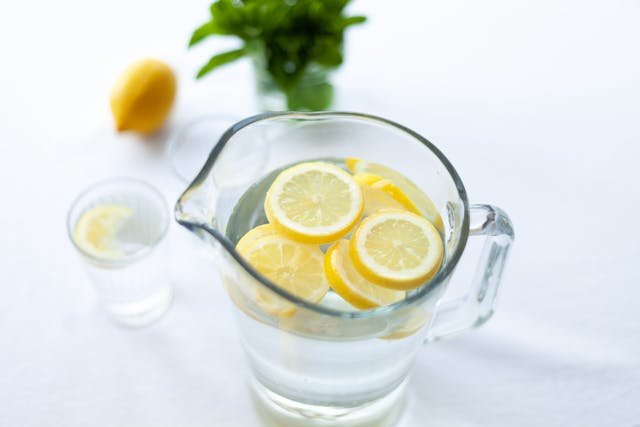
Acids and bases aren’t just ideas from science books. They’re part of your daily routine—every bite of food you eat, every time you clean, even when your own body digests a meal. Once you know what to look for, you’ll start noticing acids and bases everywhere.
In Food
Food is one of the easiest ways to spot acids and bases. Sour flavors, like lemons, limes, vinegar, yogurt, and pickles, all come from acids. They give foods their sharp, tangy taste. Even soda is acidic, which is why it can taste both sweet and slightly biting at the same time.
Cooking is chemistry. Bases show up in cooking too, although they’re not always as obvious. Baking soda, a mild base, helps bread and cakes rise when combined with acids like buttermilk or lemon juice. Cocoa powder can act as an acid or a base depending on how it’s processed, which is why some recipes call for baking soda while others call for baking powder. Every delicious baked good is secretly a chemistry experiment.
In Cleaning
Acids and bases are also behind many cleaning products. Vinegar, a mild acid, is often used to remove stains, dissolve mineral deposits, and kill some bacteria. Baking soda, a base, is excellent at scrubbing surfaces, absorbing odors, and softening water. Together, vinegar and baking soda form a powerful cleaning team, reacting with fizz and bubbles that help break down dirt.
Soap, another base, is slippery to the touch. That slipperiness helps it trap oils and grease so water can wash them away. Without bases like soap, keeping clean would be much harder.
In Health
Your body depends on acids and bases to stay balanced. For example, your stomach uses hydrochloric acid to digest food. This acid is strong, but your stomach lining protects you from it. Sometimes, though, too much stomach acid causes heartburn. Doctors recommend antacids—bases that neutralize the extra acid and bring relief.
Your mouth also deals with acids and bases every day. After eating sugary foods, bacteria in your mouth produce acids that can damage tooth enamel. That’s why toothpaste is slightly basic—it helps neutralize those acids and protect your teeth.
Even your blood is a carefully balanced solution. It stays close to neutral on the pH scale, not too acidic and not too basic, so your body can function properly. This balance shows just how important acids and bases are for life.
In Nature
Acids and bases also shape the world around us. Rain is naturally slightly acidic, but pollution can make it more so, creating acid rain. This can harm plants, soil, and even buildings. On the other hand, the ocean is slightly basic. If too much carbon dioxide dissolves into it, the water becomes less basic, a process called ocean acidification, which harms sea creatures like corals and shellfish.
Nature constantly works to balance acids and bases. Plants, animals, and even the environment depend on this harmony to survive.
Acids and bases might sound like chemistry jargon, but once you start noticing them, they’re everywhere—adding flavor to meals, helping us stay clean, keeping our bodies healthy, and shaping the natural world.
The Science of Neutralization: How Acids and Bases Balance Each Other
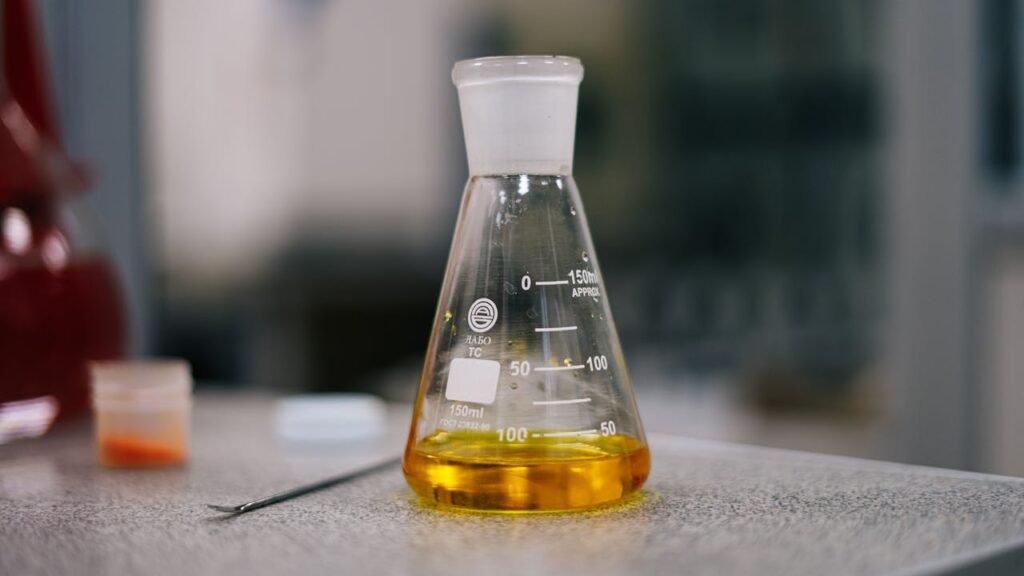
One of the most fascinating things about acids and bases is how they react with each other. When an acid and a base meet, they don’t just sit quietly side by side—they interact in a process called neutralization. In this reaction, the acid and base cancel each other out, forming water and a type of salt.
The “Tug-of-War” Between Acids and Bases
You can think of acids and bases as two opposite forces, like a tug-of-war game. Acids release hydrogen ions, while bases release hydroxide ions. When they meet, the two grab onto each other and form water. The “fight” ends, and the mixture becomes neutral—or close to it.
This is why acids and bases are often used together. They can balance each other, creating safe and stable results.
Everyday Examples of Neutralization
You’ve probably seen neutralization in action without realizing it.
- Cooking: When you add baking soda (a base) to recipes with acidic ingredients like buttermilk, yogurt, or vinegar, they react. The bubbles of carbon dioxide that form help cakes and breads rise. Without this balance, baked goods would be flat and heavy.
- Cleaning: Vinegar (acid) and baking soda (base) react with fizzing when mixed. This not only looks fun but also helps loosen dirt and grime, making them easier to clean away.
- Health: When your stomach has too much acid and you feel heartburn, taking an antacid (a base) helps neutralize the extra acid. This balance brings relief and shows how chemistry is at work inside your body.
Neutralization in Nature
Neutralization is also important in the natural world. For example, soil can sometimes become too acidic for plants to grow well. Farmers often add lime, which is a base, to balance the soil. This neutralization makes the soil healthy again, helping crops to thrive.
In rivers and lakes, if acid rain lowers the water’s pH too much, it can harm fish and other animals. Scientists sometimes add safe bases to bring the water back to balance, protecting the ecosystem.
Why Neutralization Matters
Neutralization isn’t just a neat trick—it’s one of the most important chemical processes in our daily lives. It shows us that chemistry is about balance. Too much acid or too much base can cause problems, but when the two meet in the right amounts, they create stability.
For kids, the vinegar and baking soda experiment is a perfect way to see neutralization firsthand. It’s not just bubbles—it’s the science of balance, happening right in your kitchen.
Fun Facts About Acids and Bases That Surprise Kids
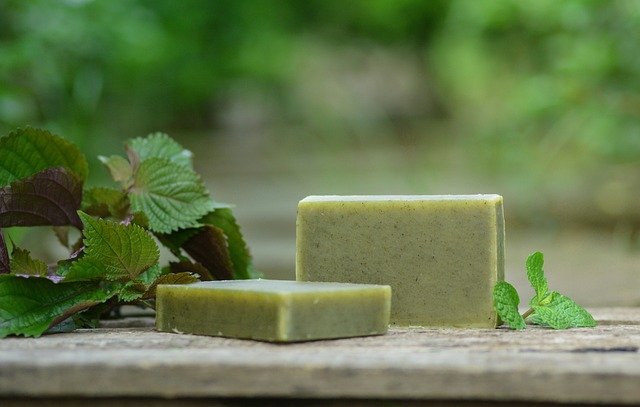
Acids and bases might sound serious, but they also come with lots of fun, surprising, and even weird facts. These little discoveries help kids see chemistry as something full of wonder, not just rules and numbers.
Your Tongue is a pH Tester
You don’t need fancy equipment to tell if something is acidic—your tongue can often give you a clue. Sour foods like lemons, oranges, and vinegar are acidic, which is why they make your mouth pucker. Bitter foods like dark chocolate, coffee, or tonic water tend to be more basic. Of course, this only works for safe foods, not strong chemicals—but it shows how your own body is a built-in science tool.
Ants Carry Acid
Have you ever been bitten by an ant and felt a sting? That’s because many ants inject a substance called formic acid. It’s the same acid that gives nettle plants their sting. So, even tiny ants are little chemists, using acid as their defense.
Acid Makes Soda Fizzy
The bubbles in soda are made of carbon dioxide gas dissolved in water. But here’s the catch—it stays dissolved because soda is acidic. That’s why soda tastes a little sharp or tangy, even though it’s sweet. Open the bottle, and the gas escapes, leaving the drink “flat.”
Soap is Slippery Because It’s Basic
Have you noticed how soap feels slippery on your hands? That’s because soap is a base. Its slipperiness helps trap oils and dirt so water can rinse them away. Without bases like soap, cleaning would be a lot harder.
Your Stomach is a Pool of Acid
Believe it or not, your stomach is full of acid—hydrochloric acid, to be exact. It’s so strong it can dissolve food, breaking it down so your body can absorb nutrients. But don’t worry, the stomach lining protects you from the acid itself. Without it, digestion wouldn’t be possible.
Plants Can Be Indicators Too
Some plants, like red cabbage, change color depending on whether they touch an acid or a base. That’s why cabbage juice can be used as a natural pH indicator. Kids love this because it feels like magic, but it’s really chemistry showing its colorful side.
Acid Rain Can Melt Rocks
Rain is naturally a little acidic, but pollution can make it more so, creating acid rain. This rain is strong enough to slowly wear away rocks, statues, and buildings. Over time, acid rain can even damage forests and lakes. It’s a reminder of how powerful acids can be in nature.
Acids and Bases Are in Balance Everywhere
From toothpaste fighting acids in your mouth, to cleaners in your kitchen, to the pH of oceans and rivers—acids and bases are constantly balancing each other out around us. It’s this balance that keeps life safe and stable.
Acids and bases aren’t just science—they’re surprising, colorful, sometimes funny, and always fascinating. Once kids notice them, they’ll start spotting chemistry in every part of their lives.
How Debsie Makes Learning Acids and Bases Fun and Easy

At Debsie, we believe chemistry should never feel like a list of confusing words—it should feel like play, discovery, and adventure. Acids and bases are the perfect example. Kids don’t need to picture them only in test tubes; they can see them fizz, bubble, and change color right in their own kitchens. Our teachers make sure children experience that wonder while also building a deep understanding of how it all works.
Turning Science Into Simple Stories
When kids hear “acid” and “base,” it can sound a little scary. That’s why at Debsie, our teachers explain them through stories. We might describe acids as the “sour team” and bases as the “bitter team,” each with their own special powers. Neutralization becomes a story of two teams shaking hands to make peace. These simple explanations stick with kids far longer than complicated definitions ever could.
Fun Experiments at Home
Instead of just talking about science, Debsie encourages children to try it. Using safe, everyday items like vinegar, lemon juice, baking soda, and red cabbage, kids create bubbling reactions, fizzing fruit, or secret ink messages. They don’t just hear that acids and bases are different—they see it, taste it (safely), and experience it firsthand. Learning becomes a memory, not just a fact to memorize.
Gamified Learning
Debsie lessons are designed like games. Kids earn points, unlock new challenges, and solve mysteries by using science. For example, a child might play the role of a “pH detective,” using clues from sourness, slipperiness, or color changes to identify whether something is an acid or a base. Gamification makes learning sticky—it turns curiosity into motivation.
Connecting Chemistry to Real Life
Our teachers always bring lessons back to real life. Why does toothpaste fight acid? Why does baking soda help cakes rise? Why does soda lose its fizz? By answering these everyday questions, we show kids that chemistry is not hidden in textbooks—it’s happening right in front of them. This builds confidence and helps children see themselves as little scientists in their own kitchens.
Teachers Who Inspire
Debsie’s partner teachers are not just experts in chemistry—they are experts at teaching children in a way that feels warm and simple. They explain acids and bases in a child’s language, using laughter, stories, and hands-on fun. Instead of overwhelming kids, they spark curiosity and show them that science is something to enjoy, not fear.
At Debsie, acids and bases are more than just chemistry topics—they are opportunities to help kids feel the thrill of discovery, the joy of understanding, and the confidence of figuring things out for themselves.
Conclusion: Chemistry Is Closer Than You Think
Acids and bases aren’t just science concepts hidden in classrooms—they’re part of your kitchen, your body, and the world outside your window. From the sourness of a lemon to the fizz of soda, from the slippery feel of soap to the bubbling of vinegar and baking soda, acids and bases shape so much of our daily lives.
For kids, discovering acids and bases is more than learning chemistry—it’s about seeing everyday things in a brand-new way. Suddenly, food, cleaning, health, and even nature become exciting lessons waiting to be explored. Every taste, fizz, or color change is proof that science is alive all around them.
At Debsie, we make sure children don’t just read about these ideas but truly experience them through stories, fun experiments, and playful challenges. With the right guidance, acids and bases stop being “hard science” and start becoming adventures kids look forward to. And when children feel this spark of curiosity, they don’t just learn chemistry—they grow confident, curious, and ready to explore the world.
👉 Book a free trial class today
👉 Explore Debsie’s courses to make your child’s learning fun, hands-on, and unforgettable.
Because the best science lessons aren’t only in books—they’re already in your kitchen, waiting to be discovered.
Read Next:


